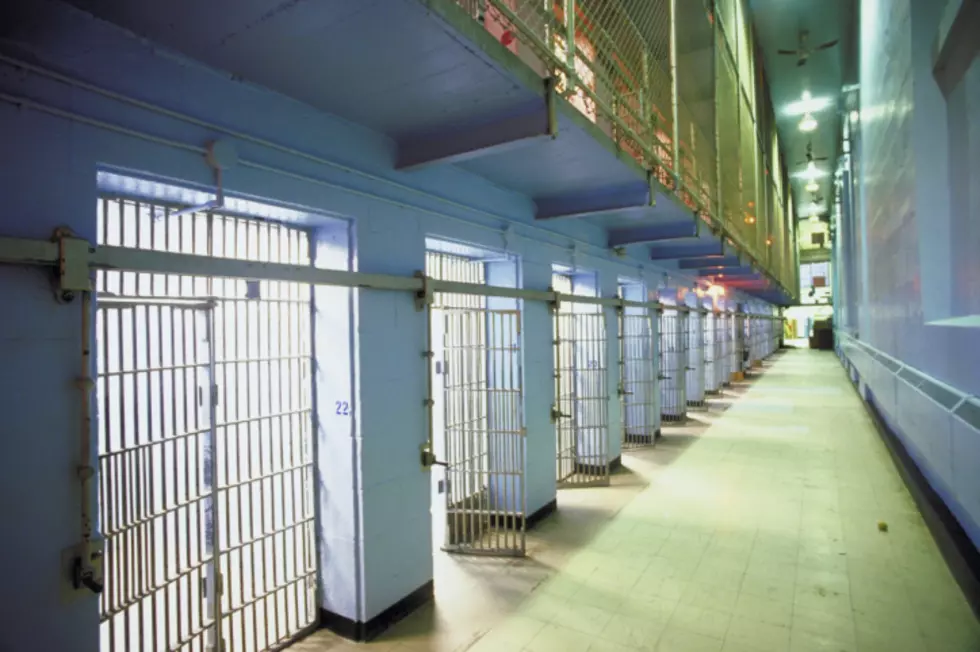
Unemployment Claims Rise After Steady Declines
The number of people seeking unemployment benefits rose last week after three weeks of decline.
Even with the gain, applications remained at a level consistent with modest hiring. And the broader trend over the past month suggests job growth could pick up further in the new year.
Weekly applications increased by 15,000 to a seasonally adjusted 381,000, the Labor Department said Thursday.
The four-week average, a less volatile measure, dropped for the fourth straight week to 375,000. That's the lowest level since June 2008.
"Despite the rise in the weekly claims data, the longer-term trend ... suggests that the recovery in the labor market is maintaining its momentum," said Michael Gapen, an economist at Barclays Capital, in a note to clients.
Applications generally must fall below 375,000 -- consistently -- to signal that hiring is strong enough to reduce the unemployment rate.
While layoffs have fallen sharply since the recession officially ended two and a half years ago, many companies have been slow to add jobs.
Economists caution that the figures can be volatile around the holidays. The data for seven states, including California and Virginia, were estimated because of the Monday holiday, a Labor Department spokesman said. Those estimates have in the past proven reliable, the spokesman said, and haven't required major revision.
Hiring has improved in recent months. Employers have added an average of 143,000 net jobs a month from September through November. That's almost double the average for the previous three months.
Next year should be even better. A survey of 36 economists by the Associated Press this month found that they expect the economy will generate an average of about 175,000 jobs per month in 2012.
More small businesses plan to hire than at any time in three years, a trade group said earlier this month. And a separate private-sector survey found more companies are planning to add workers in the first quarter of next year than at any time since 2008.
In November, the unemployment rate fell to 8.6 percent from 9 percent. Still, about half that decline occurred because many of the unemployed gave up looking for work. When people stop looking for a job, they're no longer counted as unemployed.
The pickup in hiring reflects some modest improvement in the economy. Growth will likely top 3 percent at an annual rate in the final three months of this year, economists expect. That would be better than the 1.8 percent growth in the July-September quarter.
Europe is almost certain to fall into recession because of its financial troubles. And without more jobs and higher incomes, consumers may have to cut back on spending. Both could drag on growth next year.
Congress removed one potential threat last week when it agreed to extend a payroll tax cut and to keep emergency unemployment benefits for two additional months. Both programs were scheduled to expire at the end of this month. Economists worried that ending the tax break and the extended unemployment benefits program would have left Americans with less money to spend.
About 7.2 million people are receiving benefits, as of the week ending Dec. 10, the latest data available. That's an increase of about 80,000 from the previous week.
That figure includes about 3.5 million laid-off workers that are receiving benefits under an extended benefits program put in place during the recession.
(Copyright 2011 by The Associated Press. All Rights Reserved.)
More From New Jersey 101.5 FM

![Grilling Gone Wrong – Top 5 BBQ Fails [NSFW- Language]](http://townsquare.media/site/385/files/2012/05/BBQ-Fail1.png?w=980&q=75)





![9/11/2001: On The Air [AUDIO]](http://townsquare.media/site/385/files/2012/02/1161079.jpg?w=980&q=75)

